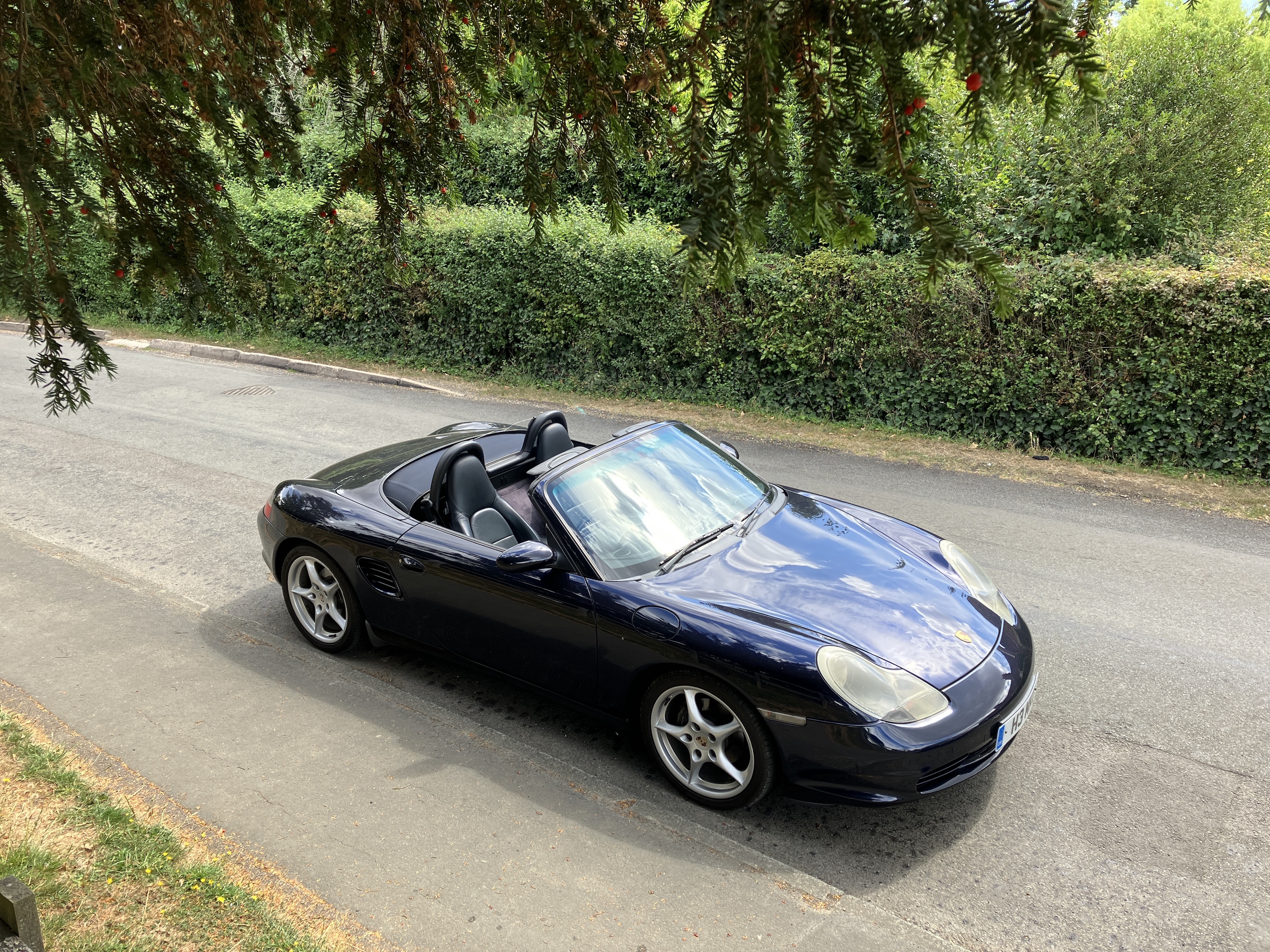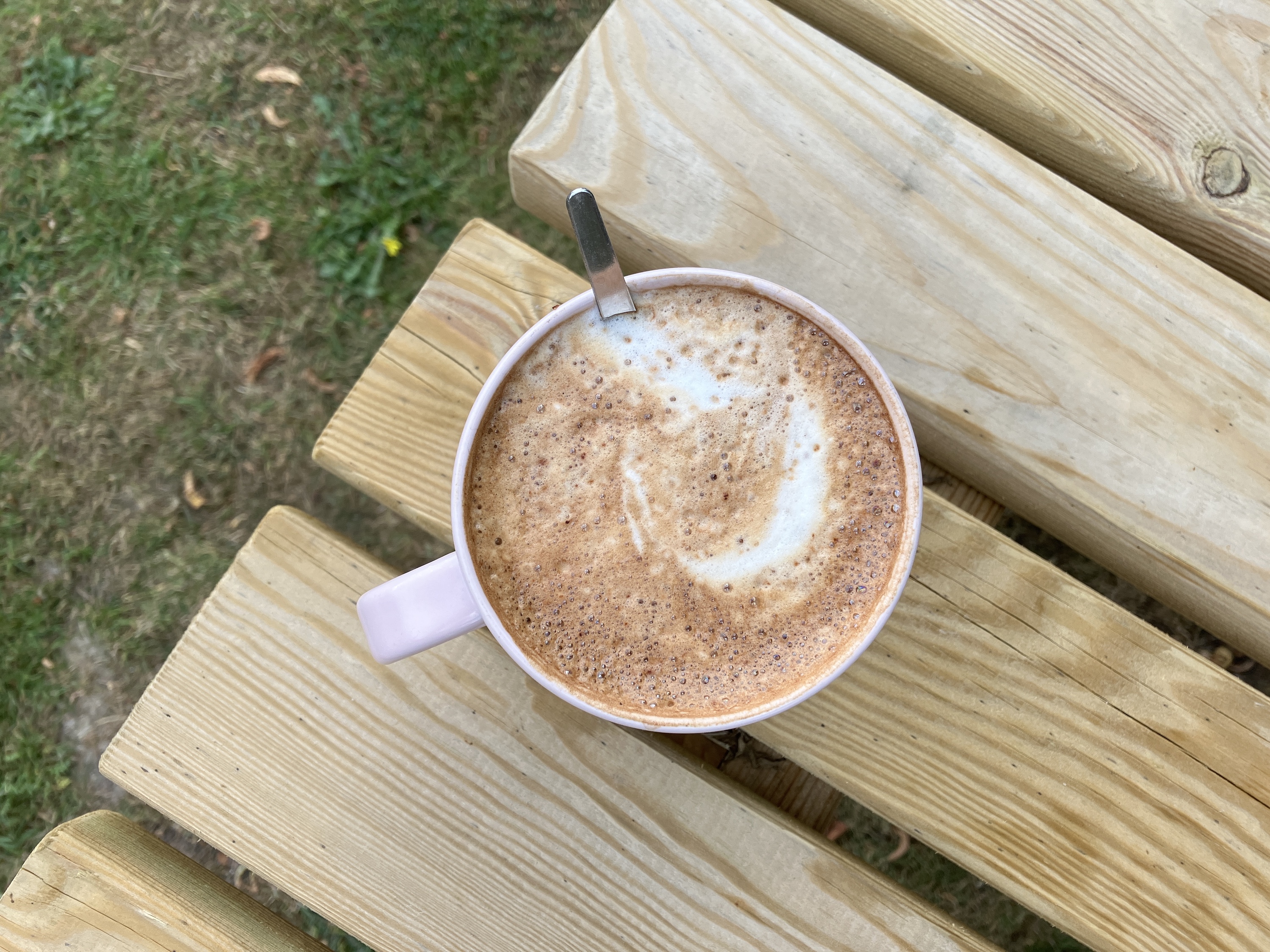Surely going from the $1,000 iPhone 13 Pro to the $430 iPhone SE (2022) would be a serious culture shock — right? After all, there are considerable hardware differences between the two, not to mention one being more than twice the price of the other. Having used the iPhone SE for test and review purposes for a while, and being impressed with it, I decided to swap to it as my main iPhone to see just how much of a compromise it would really be.
In doing so, I learned five things about the smallest iPhone that should help anyone wondering if it’s worth saving up for a more expensive iPhone, or saving some cash and just getting the SE.
Swapping was effortless
I regularly swap between Android phones and make use of various backup and restore services (Google, WhatsApp, and Line’s own, plus apps like SMS Backup & Restore) to do so. But app setup is required each time, and although the process isn’t hard, it requires time and effort. Changing to the iPhone SE (2022) was effortless due to Apple’s excellent iCloud service. I signed in, ran through the basic setup process, and then left the phone to it. In an hour, it was ready for me to use, and only some apps required me to sign back in.
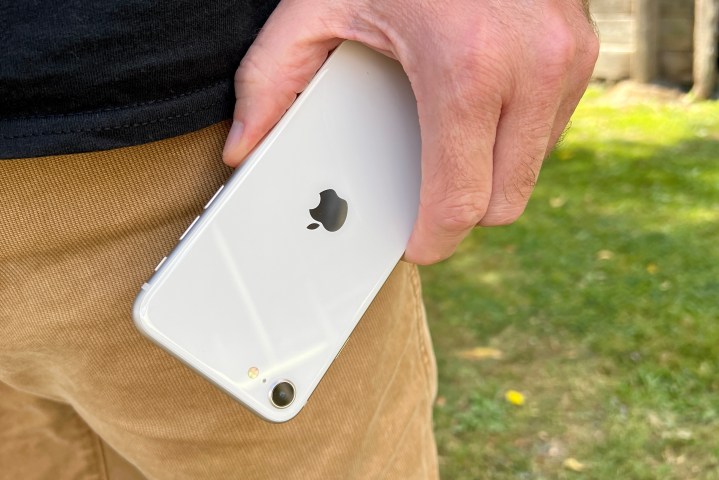
What’s more, the iPhone SE looked and operated in exactly the same way as my iPhone 13 Pro. Apps were in the same place on the home screens, settings were carried over, and my photos populated the gallery app. It even remembered all my Apple Bluetooth headphones, and they connected without additional setup. The simplicity made changing phones a breeze.
The seamless transition between a new and old device is a massive advantage of staying with iOS, as is staying in the Apple ecosystem for your accessories. The phone didn’t remember all my non-Apple headphones and smartwatches, for example. The only Apple accessory requiring attention was my Apple Watch, which needed to be disconnected from the old phone and paired again.
I missed the brighter and more fluid 120Hz screen
The iPhone SE (2022)’s 4.7-inch screen didn’t feel as restrictive as I first expected, and I quickly became used to the smaller size. Watching YouTube isn’t quite as satisfying, but you get used to it, and even playing games turned out to be fun and immersive. However, while I got used to the size, I missed the iPhone 13 Pro’s higher refresh rate and brighter screen.
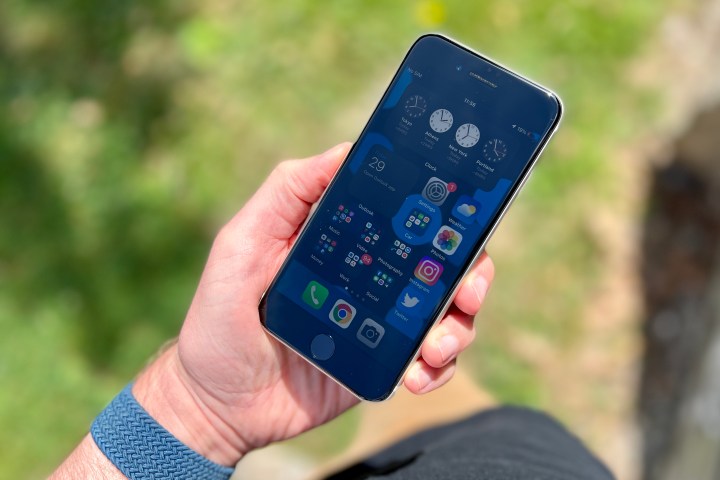
The iPhone 13 Pro has Apple’s ProMotion 120Hz technology, while the iPhone SE (2022) makes do with a 60Hz refresh rate. Higher refresh rate screens are common on Android phones today, and while they can split opinion — see the Pixel 6a for evidence — once your eyes have become accustomed to a higher refresh rate, the differences are instantly noticeable when you swap back. I’d already seen this in action when I changed from the 120Hz iPad Pro to the 60Hz iPad Air.
However, unlike the iPad, the iPhone SE’s smaller screen does mitigate the spec downgrade slightly, as the less smooth scrolling and animations aren’t as jarring as they are on a larger screen. Regardless, I definitely look forward to returning to the 120Hz screen on the iPhone 13 Pro. The other difference that was immediately noticeable happened outside. Even with the iPhone SE (2022) at maximum brightness, the dimmer screen wasn’t as easy to read as the iPhone 13 Pro’s.
Battery life is an issue
The iPhone 13 Pro’s battery is a superstar. It lasts for two days even with extensive app use and music streaming, and it’s only when I use GPS in the car that the battery takes a beating. The iPhone SE (2022)’s diminutive size means it has a smaller battery inside, and it really shows when you use the phone even moderately hard.
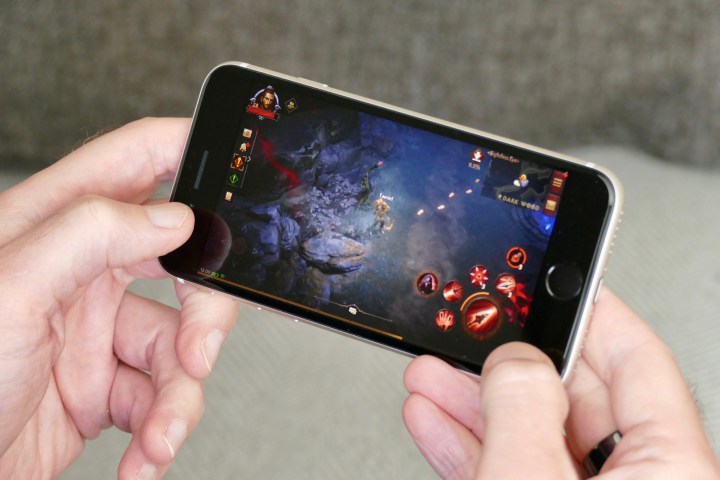
I repeated my daily use of the iPhone 13 Pro on the iPhone SE (2022), and it needed charging every day without fail. Even just taking pictures put a strain on the battery, and playing Diablo Immortal can rob it of more than 25% in as little as 30 minutes, meaning I probably wouldn’t go far without an external battery pack if I needed the iPhone SE (2022) to do everything the iPhone 13 Pro does without giving up.
The camera is basic but good
To look at almost all phone cameras today, you’d imagine having more cameras is by far the best situation. While it’s true to a certain extent, ignoring the iPhone SE (2022)’s single camera is a mistake, as it takes very attractive photos in most conditions, and manages to show up a lot of other hardware with multiple cameras.
Daytime shots in good lighting have a beautiful tone and strong colors. Although exposure can be a problem when the lighting is less than ideal, photos in lowlight are atmospheric. It can take great close-ups, but you have to be lucky as it will quickly stop focusing if you get in too close. But at most times, the iPhone SE takes good photos.
The lack of features does make it less appealing to me long-term. There’s no wide-angle camera, no optical zoom, and even the portrait mode is hobbled as it only works when it sees a face. All the photos of the phone in this article were taken with an iPhone 13 Pro, and couldn’t be replicated by the iPhone SE. Provided all you do is take normal, simple photos on a regular basis — and don’t care at all about having much creative fun with it — the quality and ability of the iPhone SE’s single camera will be perfectly satisfying.
Buy lots of storage space
This won’t be a problem for everyone, but internal storage space is important for me. I purchase and download a lot of music and podcasts, rather than only relying on streaming services. I’ve used 154GB of my 256GB iPhone 13 Pro, and 72GB of this is taken up by the Music and Podcasts apps. That means the 64GB and 128GB iPhone SE would not have enough storage space, and I’d have to purchase the top 256GB model to make a straight swap.
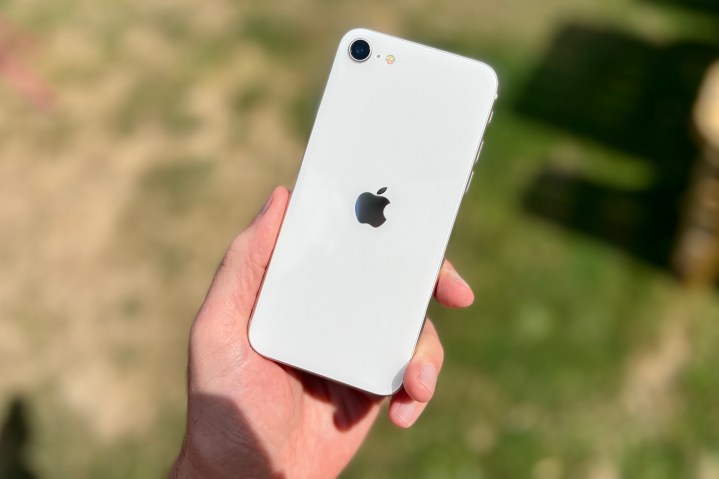
While my exact situation won’t apply to everyone, there are a great many demands on internal phone storage outside of audio. Top games can be very storage heavy, with Diablo Immortal on its own taking up a gigantic 9.5GB on iOS when you’ve downloaded all the additional files. When the storage space gets close to its maximum on the iPhone SE, battery life also seems to be affected, something that’s not good at the best of times. Even if your storage requirements are under 64GB now, paying for the 128GB version will have many benefits.
What did I learn?
The iPhone SE (2022) is a very capable, reasonably priced, stylish, and well-made everyday smartphone. But if you’re a “power user,” or someone who wants to really enjoy the camera, it’s probably worth saving up and buying a more expensive iPhone. It’ll have longer battery life, more storage in the cheaper models, a better camera, and a brighter screen.
However, just because the iPhone SE (2022) is small and (reasonably) cheap, don’t think less of it. Battery life aside, it’s really quite great. Just make sure you really think about how much storage space you need now and in the near future, and buy accordingly.


